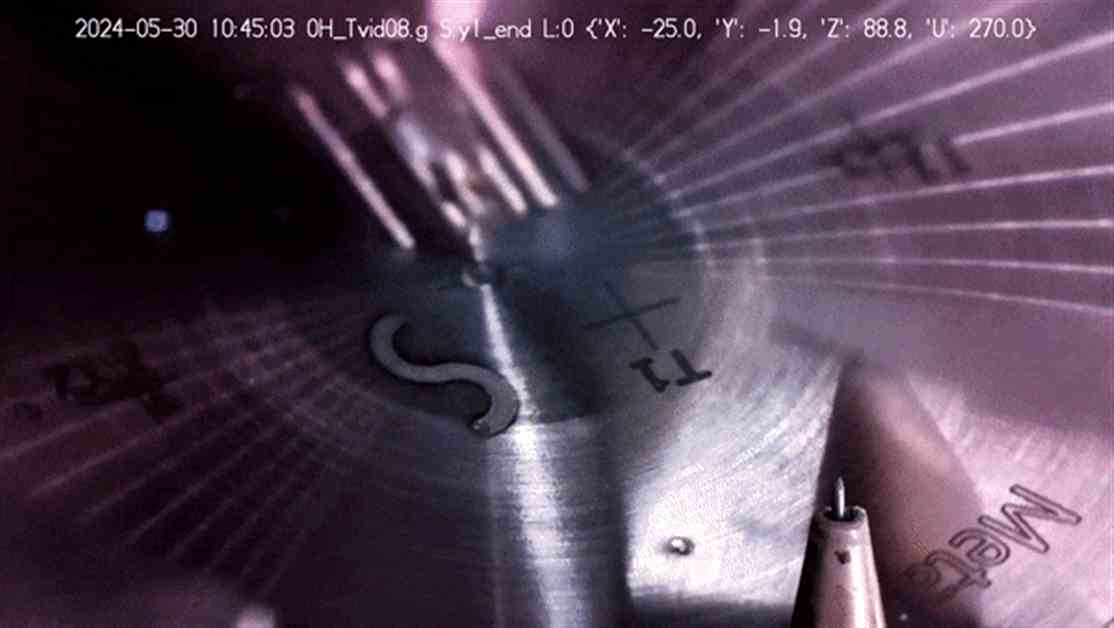The historic moment of the first metal 3D printing on the International Space Station marks a significant advancement in in-orbit manufacturing. The successful completion of the test line, an S-curve deposited in liquefied stainless steel, demonstrates the potential for printing full parts in space in the near future.
The Metal 3D Printer technology demonstrator, developed by a team led by Airbus and installed on the ISS earlier this year, utilizes stainless-steel wire fed into the printing area and heated by a high-power laser. The quality of the first metal 3D print has exceeded expectations, with Airbus team members expressing their satisfaction with the results.
The successful implementation of this technology is the result of collaborative efforts between the industrial team, Airbus Defence and Space SAS, the CADMOS User Support Centre in France, and ESA’s own team. The printer operates within a sealed box for safety, with the print process monitored and controlled from the ground.
In preparation for full-scale 3D printing, four shapes have been selected for printing on the ISS, which will be later compared with reference prints made on Earth. These printed parts will be analyzed to understand the effects of prolonged microgravity on the printing of metallic materials.
ESA’s long-term goal includes creating a circular space economy and recycling materials in orbit to maximize resource utilization. The operational version of the metal 3D printer could potentially eliminate the need to send tools from Earth and enable astronauts to print necessary parts in space, contributing to sustainable space exploration.
The successful completion of the first metal 3D printing on the ISS represents a significant milestone in advancing in-orbit manufacturing capabilities and paves the way for future developments in space technology.




